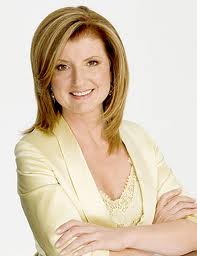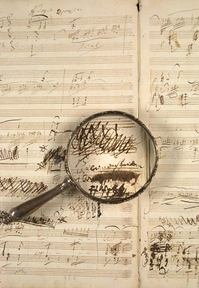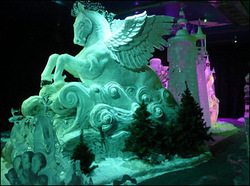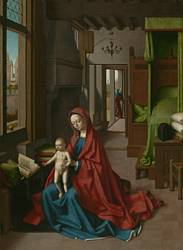Notwithstanding what Ariana Huffington said here yesterday about museums and technology, I was intrigued when the Whitney Museum recently sent a press release announcing an online game called “Clickistan.” It’s intended to raise money for the museum.
 I’m not an electronic game player, but games are everywhere in our society…more people play, statistics show, than some of us would guess…so I was, well, game.
I’m not an electronic game player, but games are everywhere in our society…more people play, statistics show, than some of us would guess…so I was, well, game.
Still, early last week, I clicked on “Clickistan” (well, I clicked on the cat, as at left, on the Whitney’s home page) and spent a little time playing. What I learned? I’m still not an electronic game player, and not a good judge of whether this is a good idea or not. I put away the idea of doing a post…until, The Wall Street Journal revived my interest.
Over the weekend, Ryan Kuo, writing on the WSJ‘s Speakeasy blog, took up Clickistan, and where I found it to be rather tedious, not much fun, and kind of endless, Kuo disagreed. He called it “a witty and sometimes biting respite from instant-gratification Flash and Facebook games.”
He continued:
The web game..designed for the museum’s Annual Fund by UBERMORGEN.COM, an artist duo known for its irreverent net art…aims to challenge players to reconsider the meanings of the Internet’s everyday trappings. Some levels ask players to complete surveys with absurd answers; others simply present radio buttons and navigation bars–hallmarks of the web–that can be clicked to abandon. One screen is filled with a super-sized Like button from Facebook. The game is equally ironic about its purpose, as digital shopping carts fly across the screen. On the last screen, players can choose to donate as little as $5 and as much as $10,000. (The more goal-oriented can also skip all of the levels to make their online donation.)
 And here was a bigger kudo:
And here was a bigger kudo:
…Clickistan is also an entertaining and–for this gamer–a surprisingly challenging experience that holds up on repeated plays. According to the Whitney’s Director of Membership and Annual Fund Kristen Denner, the goal was to demonstrate that each donation counts. “We’re really hoping to engage an audience with an idea of the importance of supporting the arts, even at really accessible levels,” she said.
Now that is a good idea. If the Whitney can use games not only to attract new audiences but also to atrract new donors, that would be something. The Whitney’s offer to let members “curate” their own membership benefits should be helping there, too.
The Speakeasy post continues with a Q & A with Denner and Brianna Lowndes, the membership and annual fund manager, about the game and its goals. It’s worth reading.Â
Photo Credit: Courtesy of the Whitney Museum

 For one, although she is clearly a person interested in the arts, someone who once wrote a book about Picasso, it never occurred to me that she thought much about museums. Or, as she revealed, that she would be invited to speak to a group of “museum presidents and directors” at the Los Angeles County Museum of Art. But she is certainly a successful entrepreneur, and she was out in front of other media groups on new media. So there you are.
For one, although she is clearly a person interested in the arts, someone who once wrote a book about Picasso, it never occurred to me that she thought much about museums. Or, as she revealed, that she would be invited to speak to a group of “museum presidents and directors” at the Los Angeles County Museum of Art. But she is certainly a successful entrepreneur, and she was out in front of other media groups on new media. So there you are. Last week, the Morgan Library and Museum* inaugurated its
Last week, the Morgan Library and Museum* inaugurated its  Two artists — Pavel Mylnikov and Bagrat Stepanyan — have created an ice museum, where it’s really, really cold inside (between 5 and 12 degrees F), in Sokolniki Park, Moscow. It opened during the second week in December, according to the Washington Post, which wrote:
Two artists — Pavel Mylnikov and Bagrat Stepanyan — have created an ice museum, where it’s really, really cold inside (between 5 and 12 degrees F), in Sokolniki Park, Moscow. It opened during the second week in December, according to the Washington Post, which wrote: I hoped the practice would spread:
I hoped the practice would spread: